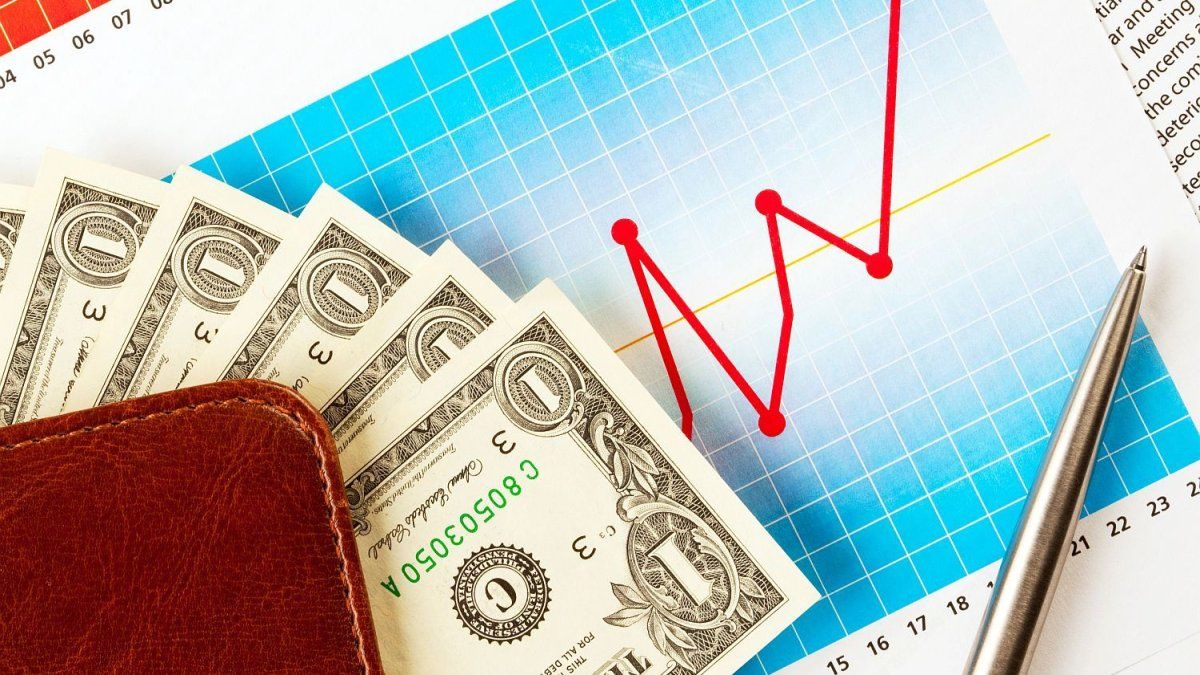Uruguay ranks number one in Latin America regarding the price of gasoil – surpassing Brazil, Chile, Argentina and Paraguay – while, worldwide, it is ranked number 153, a ranking that is led by Hong Kong, Iceland and Switzerland; refering to naphtha, It is ranked number 14 worldwide.
According to a report by the consulting firm SEG Engineering – based on data from Global Petrol – Uruguay leads the ranking of the highest price of diesel and gasoline in Latin America. While internationally the price of diesel is 1.24 dollars per liter, that of Uruguay It’s $1.48. On the other hand, regarding the price of gasoline, the international average price is 1.32 dollars while in Uruguay around 1.97.
Within the ranking of Latin America, The average price of diesel is 1.02 dollars per liter, while that of gasoline is 1.15 dollars. Regarding the gasoline ranking, Uruguay follows Chili with an average price of 1.49 USD/l, in third place, Jamaica – which does not belong to Latin America – with 1.45 USD/l and, in fourth place, Mexico with 1.36 USD/l.
https://publish.twitter.com/oembed?url=https%3A%2F%2Ftwitter.com%2FSEGIngenieria%2Fstatus%2F1699723498799747143%3Fs%3D20&partner=&hide_thread=false
The price of gasoline in Uruguay reaches 1.97 USD per liter, being the most expensive in Latin America and 14th in the world
Internationally, gasoline averages 1.32 USD/l, while in Latin America it averages 1.15 USD/l.
Data as of September 4, @GlobalPetrol. pic.twitter.com/VAFJ5dCsj3
— SEG Engineering (@SEGIngenieria) September 7, 2023
On the other hand, in terms of the diesel price ranking, the country that follows Uruguay is Jamaica with a price of 1.38 USD/l, in third place is Mexico with a price of around 1.37 USD/l and fourth place is occupied by Brazil with a value of 1.21 dollars per liter of fuel.
What refers to the positions worldwide, in the diesel ranking Uruguay occupies position number 153, while in gasoline its position rises considerably and settles in position number 14. The average values of diesel oil worldwide are around 1.24 dollars per liter, while that of gasoline is of 1.32 USD/l.
The countries that lead the positions in the price of gasoil and the naphtha are Hong Kong with prices around 2.85 USD/l and 3.06 USD/l, respectively. The second place of the two rankings is also occupied by Iceland with 2.33 USD/l the price of naphtha and 2.31 USD/l gasoil. For its part, third place for gasoline is occupied Netherlands with an average value of 2.33 USD/l and that of diesel occupies Swiss with a price of 2.28 dollars per liter.
https://publish.twitter.com/oembed?url=https%3A%2F%2Ftwitter.com%2FSEGIngenieria%2Fstatus%2F1699358432598302810%3Fs%3D20&partner=&hide_thread=false
The price of diesel fuel averages $1.24 per liter in the world, while in Latin America it averages $1.02/l.
A liter of diesel in Uruguay costs 1.48 USD, ranking 43rd among 153 countries and the highest in Latin America.
Data as of September 4, @GlobalPetrol. pic.twitter.com/P3actJ37gC
— SEG Engineering (@SEGIngenieria) September 6, 2023
The price of fuel in Uruguay
Last week the Ministry of Industry, Energy and Mining of Uruguay (MIEM) published a statement specifying the details of the increase in each type of fuel where it assured that “the maximum public sale price of gasoline Super 95 will be $74.39 per liter (it was at 71.16), while the maximum price of Diesel 50S will be $55.99 at the pump (it was $52.82)”. For their part, they announced that the price of supergas remained unchanged in the increases that occurred from the beginning of this month.
Faced with the increase, the ministry clarified that a large part of the increase in values was absorbed by the National Administration of Fuels, Alcohol and Portland (Ancap). “In the case of the most used fuels, the adjustment moderates the international rise and prices will continue below the PPI, thanks to the fact that ANCAP absorbs a good part of the increase,” established the Member.
The decision to increase fuel prices – which will take effect from September 1 – is due to the fact that the international indices. “The decision responds to the strong monthly rise in international references established through the Import Parity Price (PPI), in line with the 10% increase in oil during the reference period,” the statement clarified.
Source: Ambito




